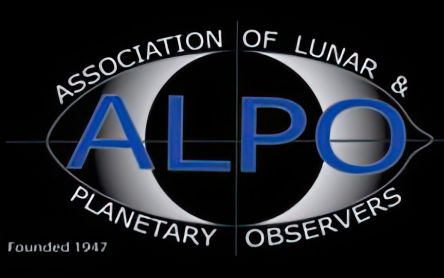Minor Planet Bulletin
Links to the most recent issues of the Minor Planet Bulletin
- Issue 51-3 (2024 Jul-Jun)
- Issue 51-2 (2024 Apr-Jun)
- Issue 51-1 (2024 Jan-Mar)
- Issue 50-4 (2023 Oct-Dec)
- Issue 50-3 (2023 Jul-Sep)
- Issue 50-2 (2023 Apr-Jun)
To see all issues visit the Minor Planet Bulletin website
Books
Asteroids
& Dwarf Planets
(and How to Observe Them)
Dwarf planets (which were formerly called asteroids except for the
planet Pluto), and the smaller Solar System bodies still called
asteroids today, are making front page news, particularly those that are
newly discovered and those that might present a hazard to life on Earth
by impacting our planet. In this age of giant telescopes and space
probes, these small Solar System bodies have advanced from being tiny
points of light to bodies worthy of widespread study. This book
describes the dwarf planets and asteroids themselves, their origins,
orbits, and composition, and at how amateur astronomers can play a part
in their detection, tracking, and imaging.
A Practical Guide to Lightcurve Photometry and Analysis
For those with access to even a modest telescope and CCD camera, this
new and improved guide delivers all the information needed to take part in
the scientific study of asteroids and variable stars. New techniques in
photometry continue to be refined, and expert Brian Warner covers the
developing territory in detail for those both new and experienced. Updated
to reflect changes in telescope and CCD technology, it also includes an
expanded chapter on the analysis of asteroid lightcurves to cover some of
the common pitfalls that lead to incorrect answers as well as how to
discover an asteroid satellite via lightcurves. With this information,
amateur astronomers can use commercially available equipment to determine
the rotation rate, size, and shape of asteroids.
